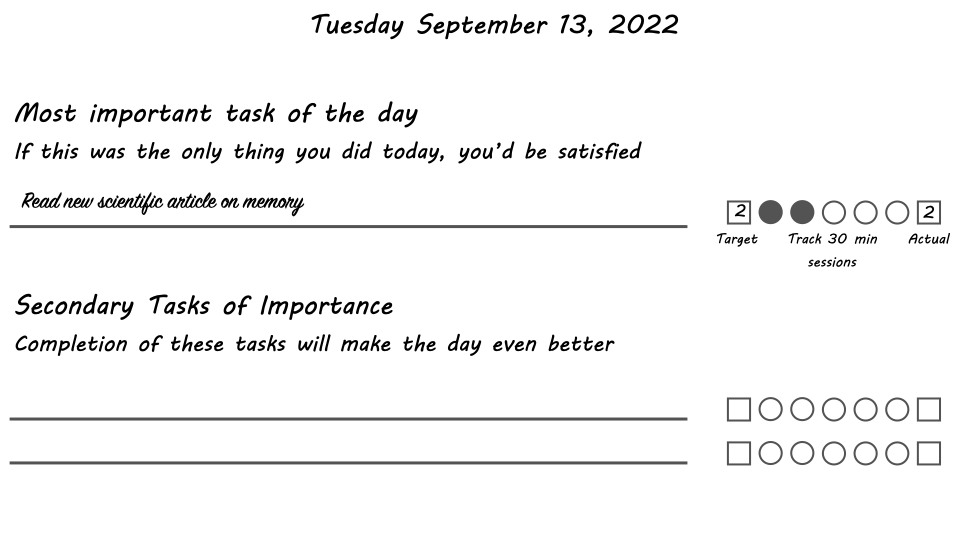The Impact of Science Communication on Public Perceptions and Beliefs about Contested Scientific Topics
Post by Megan McCullough
The takeaway
Scientific-consensus communication can be a useful tool for making known to the public what the current opinion on scientific topics is among experts, even for contested topics such as global warming and genetically modified foods. This form of scientific communication increased the public’s perception of scientific consensus and belief in scientific facts regarding contested topics.
What's the science?
Inaccurate beliefs can prevent people from taking the necessary steps to tackle certain important societal challenges. Science communication strategies seek to bridge the gap between the scientists who conduct research with the public that benefits from scientific discoveries. One such strategy is scientific-consensus communication, which aims to convey a high level of agreement among scientists on a given topic to the public. Previous research shows that this communication strategy can be a valuable tool for updating personal beliefs about current topics. It is unclear, however, how effective consensus communication is in helping the public understand scientific facts about controversial topics. This week in Psychological Science, Stekelenburg and colleagues aimed to investigate the effects of scientific-consensus communication on public perceptions of scientific consensus and personal beliefs in facts regarding controversial science topics.
How did they do it?
The authors conducted a meta-analysis on 43 randomized experiments that investigated the effect of scientific-consensus communication on perception and beliefs. The topics presented in the studies were either climate change, genetically modified food, or vaccination. These topics were chosen because public opinion about these topics varies, and the current relevance of these topics led to there being multiple experiments for the authors to analyze. The authors collected articles using electronic databases, examined the reference lists of articles, and contacted authors to ask for other studies. The authors then ran meta-analyses to determine the effects of consensus communication on public perception and beliefs both between topics and overall. Meta-analysis was run because it is an effective research tool; it puts together all the data from multiple experiments to determine the strength of the relationship between variables. The meta-analyses yielded numerous effect sizes, which communicate the strength of the effect of consensus communication on perceptions of consensus and belief in facts related to the three scientific topics.
What did they find?
The authors found that exposing individuals to the current opinion among scientists on contested scientific topics has a positive effect on perceptions of the consensus and on belief in scientific facts. The effect of scientific-consensus communication was more impactful on perception than on personal beliefs. The authors found this result across the three topics; however, since there were limited studies included about vaccination beliefs, there were no conclusions drawn regarding this topic.
What's the impact?
This study found that communicating the current opinions of scientists regarding even contested scientific topics strengthens public perceptions about this consensus as well as belief in facts regarding these topics. This suggests that this is an effective science communication strategy for informing the public about contested science topics such as global warming and genetically modified foods. Effective science communication is a powerful tool for educating the public about scientific topics so that they make informed choices in the future.



